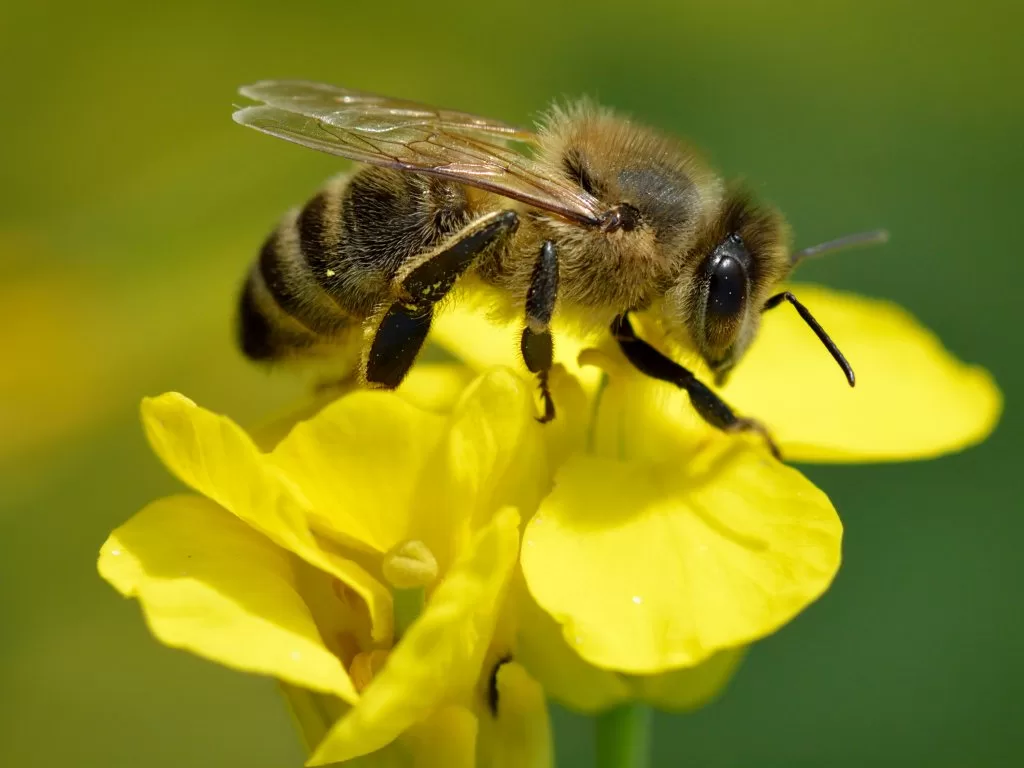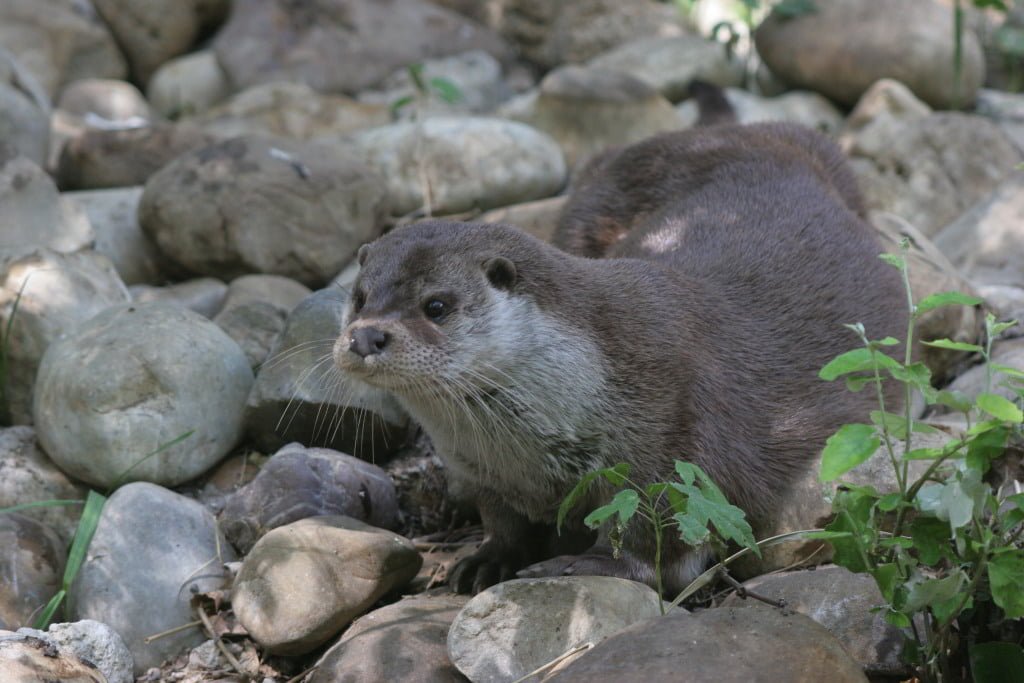The General Directorate of Natural Environment, under the Spanish Department of Environment and Tourism, is embarking on an information and citizen participation initiative for the potential reintroduction of the Iberian lynx in Aragon. This pivotal step seeks to achieve consensus among various stakeholders invested in the restoration of this iconic species to the Aragonese fauna.
I’ve been living in this lovely area of Western Andalucia for the last 20 years or so and dedicate most of my time to the running of English language tourist information websites for the towns of Cádiz, Ronda, Grazalema, the famous or infamous Caminito del Rey, and also Wildside Holidays, which promotes sustainable and eco-friendly businesses running wildlife and walking holidays in Spain. My articles contain affiliate links that will help you reserve a hotel, bus, train or activity in the area. You don’t pay more, but by using them you do support this website. Thankyou!



